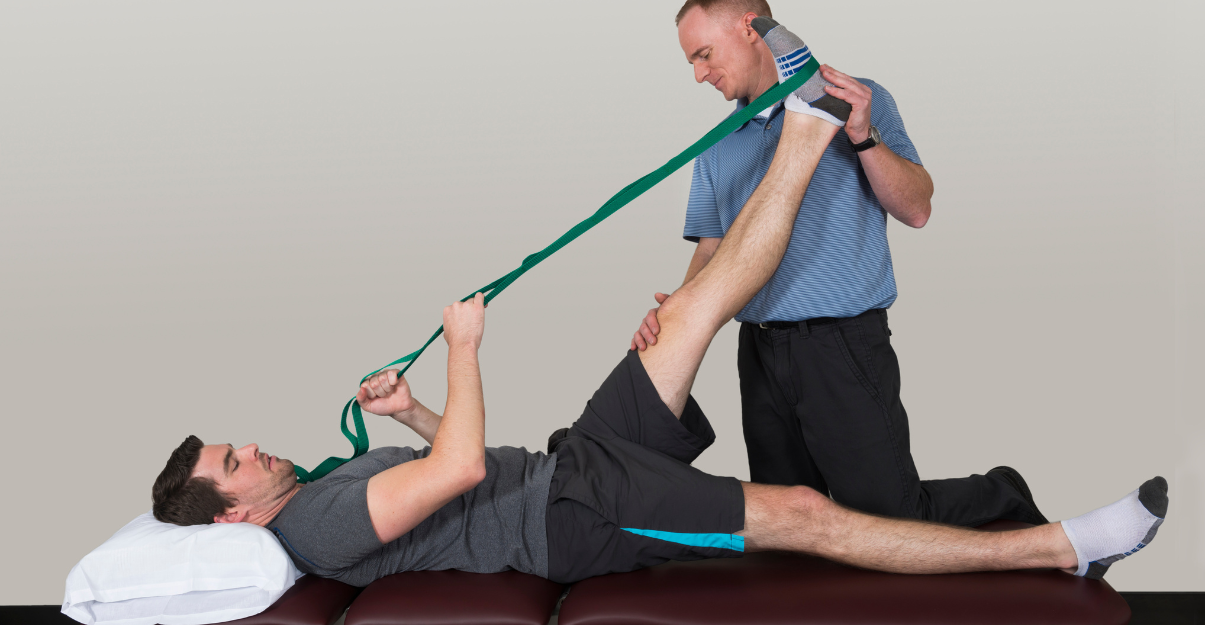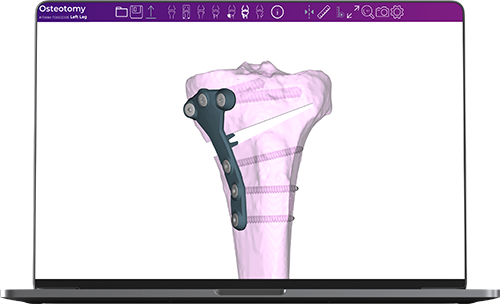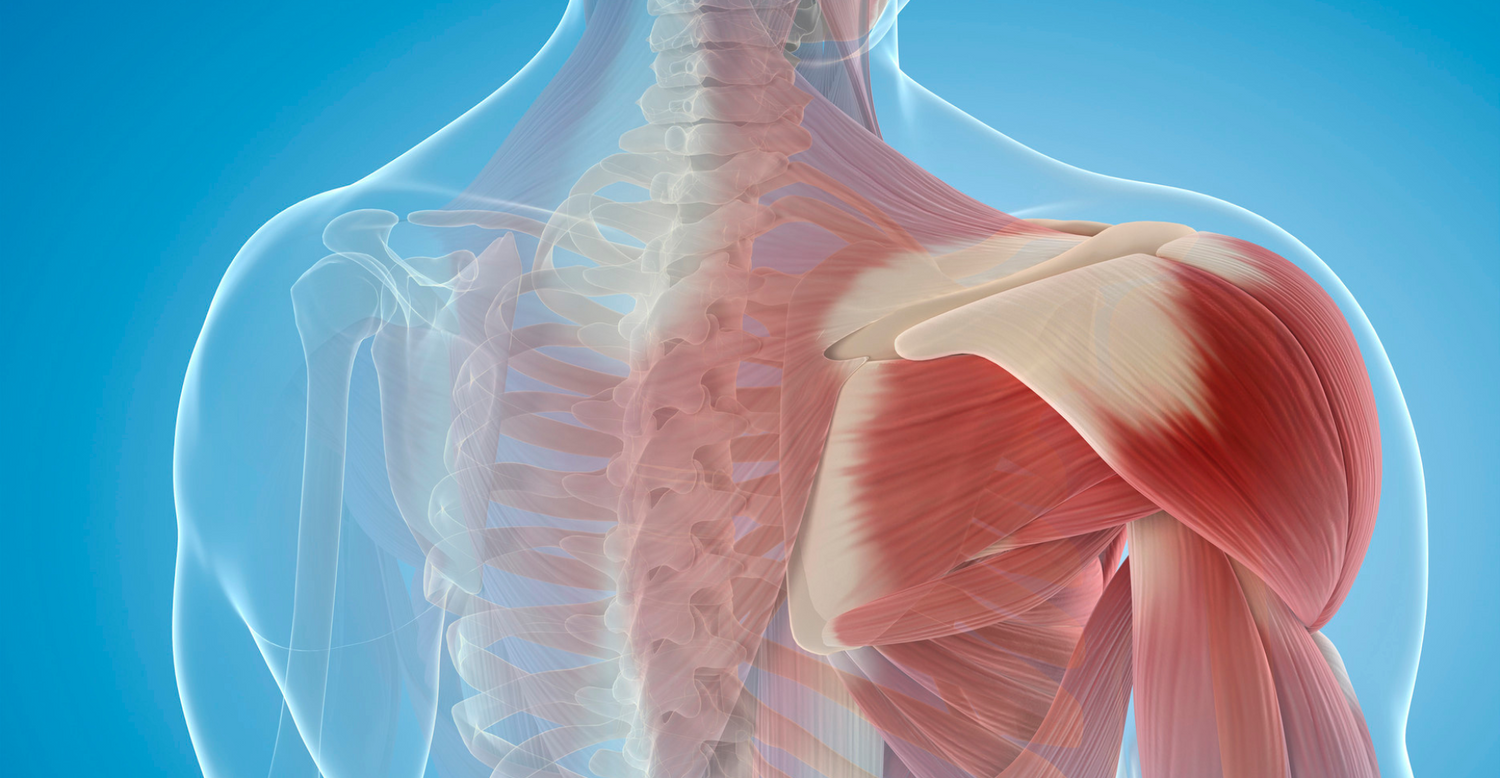
Patellofemoral Instability
With Dr. Reza Jazayeri, Orthopedic Knee Specialist
Understanding Patellofemoral Instability Treatment Options
Patellofemoral instability refers to a condition in which the kneecap (patella) shifts out of its normal position, most often toward the outside (lateral aspect) of the knee. This can cause pain, swelling, a sense of giving way, and—over time—damage to the cartilage surfaces in the knee joint.

Basic Patellofemoral Anatomy and Alignment
The patella sits in a groove at the end of the thigh bone (femur) called the trochlear groove, where it glides as the knee bends and straightens.
The kneecap is stabilized by a combination of:
- Ligaments, especially the medial patellofemoral ligament (MPFL), which prevents lateral dislocation.
- Surrounding muscles, primarily the quadriceps.
Bony alignment includes the shape of the trochlear groove and the position of the tibial tubercle (where the patellar tendon inserts below the kneecap).
If the groove is shallow or the alignment of the leg is off, the kneecap is more likely to dislocate or shift out of place.
-

Diagnosis and Imaging
Dr. Jazayeri performs a detailed physical examination and orders specific imaging studies to evaluate both soft tissue and bony anatomy. These typically include:
- X-rays to assess alignment and bone structure
- MRI scans to evaluate the MPFL and check for cartilage damage
- CT scans in select cases to measure bone alignment in greater detail and guide surgical planning
These studies help determine whether non-surgical or surgical treatment is most appropriate.
-

Non-Operative Treatment Options
Non-operative care may be appropriate in certain cases, especially:
- First-time dislocations without major cartilage injury
- Partial dislocations (subluxations) that spontaneously reduce
- Patients with minimal pain and good muscular control
Treatment typically includes physical therapy, bracing, and activity modification. However, in some patients, even a first-time dislocation can lead to significant cartilage damage or persistent instability—warranting early surgical consideration.
-

When Surgery Is Recommended
Surgical treatment is often advised in the following situations:
- Recurrent dislocations or chronic instability
- Persistent symptoms that interfere with sports or daily activity
- Cartilage injury or significant damage on MRI
- Underlying anatomical abnormalities contributing to instability
Early stabilization can help prevent long-term cartilage damage and lower the risk of future arthritis.
Surgical Options
MPFL Reconstruction and Tibial Tubercle Osteotomy (TTO) Dr. Jazayeri tailors the surgical plan based on your anatomy, imaging, age, activity level, and personal goals. The two main procedures used to stabilize the kneecap are:
-
1. Medial Patellofemoral Ligament (MPFL)
Reconstruction Replaces the torn MPFL with a graft.
- Restores the main soft tissue restraint that prevents lateral dislocation
- Most effective in patients with normal bone alignment but a torn ligament
-
2. Tibial Tubercle Osteotomy (TTO)
Realigns the insertion point of the patellar tendon by shifting the tibial tubercle.
- Corrects bony malalignment
- Often performed in combination with MPFL reconstruction in patients with both ligament injury and abnormal bone alignment
Watch: MPFL Reconstruction Using 3.9 mm BioComposite SwiveLock® Implant Kits
Watch: Tibial Tubercle Osteotomy (TTO) with Arthrex® T3 AMZ System
Watch: Patellar Dislocation of the Knee - See How It's Repaired - 3D Animation
-

Advanced Imaging and Personalized Surgical Planning
For patients requiring osteotomy procedures, Dr. Jazayeri utilizes the most current imaging technology and patient-specific surgical tools. Working with the innovative team at Bodycad Bodycad, Dr. Jazayeri employs proprietary Personalized Restoration™ Software to design individualized surgical plans and implants.
Bodycad’s cutting-edge platform allows for:
- Personalized 3D planning based on your unique bone anatomy
- Custom bone models and patient-specific instrumentation using advanced 3D printing
- Enhanced precision, accuracy, and reproducibility during surgery
By integrating this technology, Dr. Jazayeri is able to offer the most reliable and precise osteotomy procedures available—tailored to the specific needs of each patient.
-

Personalized Treatment Plans
Not every patient will need both procedures. Dr. Jazayeri carefully considers multiple factors before making a recommendation:
- Age and skeletal maturity
- Sport and activity level
- Physical exam findings
- Imaging measurements such as TT-TG distance, patella height, and trochlear dysplasia
- Goals and expectations for recovery
Each surgical plan is individually customized to optimize outcomes and help patients return to their active lifestyles with stability and confidence.

Why Choose Dr. Jaz for Your Knee Care?
- Specialized in Knee Injuries with advanced surgical training
- Personalized Treatment Plans tailored to your lifestyle
- Non-Surgical Options First including therapy and injections
- Minimally Invasive Techniques for faster recovery
- Trusted by Athletes and Active Adults
- Compassionate, Patient-First Care

Contact us





